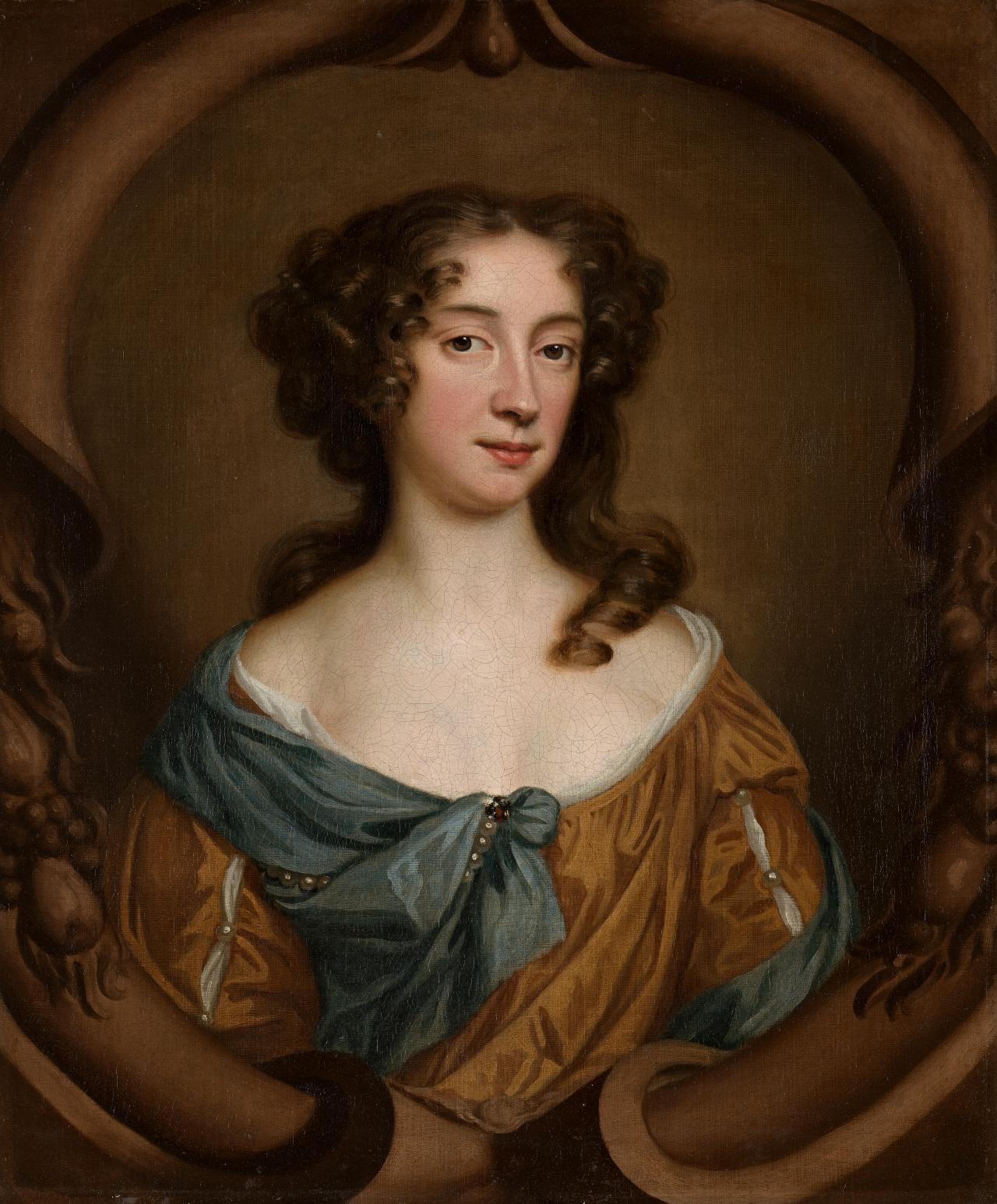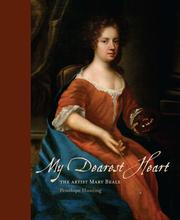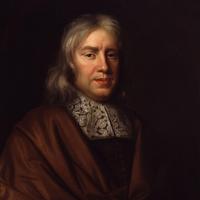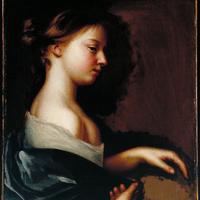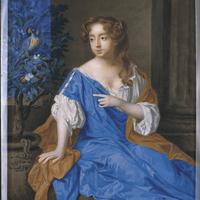More about Mary Beale
- All
- Info
- Shop

Sr. Contributor
Mary Beale paved the way forward for centuries of female artists and artisans who followed.
She was a mother, wife, artist, and certified boss. Beale was a savvy business woman who made a living in the arts at a time when women could not freely attend art school. You may be wondering, how did she do it? Sure, her father’s status as a clergyman likely helped her gain access to settings she might not have had otherwise. But don’t get it twisted, her talent with a brush and a canvas helped, too. She painted portraits not only of her friends, but also the British upper class and clergy. Before she turned thirty, she had proven herself skilled enough to befriend Peter Lely, court painter to King Charles II of England.
Half-length portraits became Beale's hallmark and what ultimately propelled her to success. Because commissioning a portrait was one of the best ways to flex one’s wealth and status during the seventeenth century, she made plenty of money painting important people. In fact, she made enough from selling her paintings that she could support her whole family...and then some! Before the British taste for stuffy portraits – think of the ones by Joshua Reynolds – started to decline in the 1680s, Beale really hit her stride. She peaked in 1677, a year in which she boasted an impressive eighty-three commissions, each with their own hefty price tag.
1677 was also the year that Beale’s husband, Charles, formally gave up his own career to support his wife’s. Centuries before the phrase “gender roles” would roll off a feminist’s tongue, Beale was acutely aware of the double-edged sword that was her career in the arts. Thankfully, her friends and family supported her unique path as a working woman in a male-dominated field. It also helped that her paintings turned a considerable profit. Charles faithfully and meticulously documented his wife’s life and work in an almanac that scholars have since used to accurately attribute works to Beale. Charles’ notebooks recorded such details as the subjects of her portraits, how much money she earned from each commission, and his experiments with new pigments for Mary to use in her paintings. In a rare example of a husband leaving fragile masculinity aside, Charles was way ahead of his time by not letting his wife’s success emasculate him. (I wish we could say the same for Ana Mendieta.)
Beale’s impressive rap sheet doesn’t end there. She was multi-talented and also published some of her writings. She wrote about art and even composed the first “how-to” guide to painting written in the English language by a female author. She also pondered more philosophical concepts, including the idea of friendship, publishing Discourse on Friendship in 1666, positing a female perspective on the subject. My gut tells me that seventeenth-century women were just as catty as they are today, and that Beale definitely knew the struggle, especially with her unconventional job. She paid it forward by taking on female students, who would have had trouble finding men willing to teach them because of their gender. After Beale died, her mentor Lely included her in his treatise outlining the most accomplished artists working at the time.
Sources
- Amazon. “My Dearest Heart: The Artist Mary Beale.” https://www.amazon.com/My-Dearest-Heart-Artist-1633-1699/dp/191269008X. Accessed 23 October 2020.
- ArtUK. “Beale, Mary, 1633–1699.” Artists. https://artuk.org/discover/artists/beale-mary-16331699#. Accessed 23 October 2020.
- Barrington, Breeze. “In Praise of Mary Beale – one of Britain’s first women artists.” Reviews. Apollo. 28 October 2019. https://www.apollo-magazine.com/mary-beale-biography-penelope-hunting/. Accessed 23 October 2020.
- National Museum of Women in the Arts. “Mary Beale.” Artists. https://nmwa.org/art/artists/mary-beale/. Accessed 23 October 2020.
- National Museum of Women in the Arts. “Portrait of a Woman with a Black Hood.” Collection. https://nmwa.org/art/collection/portrait-woman-black-hood/. Accessed 23 October 2020.
- Tate Britain. “Mary Beale.” Artists. https://www.tate.org.uk/art/artists/mary-beale-2306. Accessed 23 October 2020.
Featured Content
Here is what Wikipedia says about Mary Beale
Mary Beale (née Cradock; bapt. 26 March 1633 – bur. 8 October 1699) was an English portrait painter. She was part of a small band of female professional artists working in London. Beale became the main financial provider for her family through her professional work – a career she maintained from 1670/71 to the 1690s. Beale was also a writer, whose prose Discourse on Friendship of 1666 presents a scholarly, uniquely female take on the subject. Her 1663 manuscript Observations, on the materials and techniques employed "in her painting of Apricots", though not printed, is the earliest known instructional text in English written by a female painter. Praised first as a "virtuous" practitioner in "Oyl Colours" by Sir William Sanderson in his 1658 book Graphice: Or The use of the Pen and Pensil; In the Excellent Art of PAINTING, Beale's work was later commended by court painter Sir Peter Lely and, soon after her death, by the author of "An Essay towards an English-School", his account of the most noteworthy artists of her generation.
Check out the full Wikipedia article about Mary Beale

